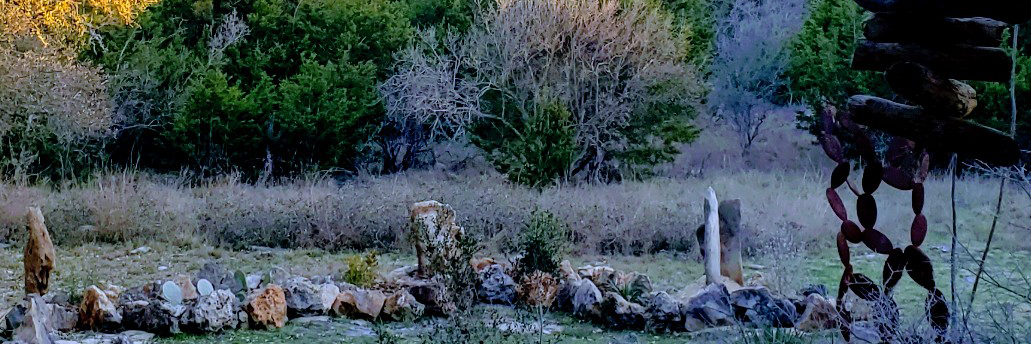The North American prairie extends from southern Canada all the way down into Central Texas. Texas’s prairie includes the Hill Country, which is a very dry shortgrass prairie and, a little farther to the east, the Blackland Prairie, a very rich, dark-soiled, temperate shrubland. The city of San Marcos sits on, and I-35 runs along, the fault line that divides those two types of prairie. Craig Taylor, our Associate Editor Zeke Taylor’s uncle, has lived outside of San Marcos and watched the area change for nearly 30 years. Zeke recently talked with his uncle about some of those changes he’s seen during that time.
Rootstalk: How have you noticed your little plot of land changing, if it has at all?
CT: I think that the main thing that has changed around this area is the change of populations. I live in the San Marcos area, which is about 30, 35 miles south of Austin. And I think San Marcos now probably has about 50 or 60 thousand people; it has really grown a lot within the last several years. Along with all the other towns along this interstate 35 corridor—Austin and Pflugerville, and on up to Georgetown, and then even south of us down to New Braunfels—San Marcos has grown exponentially over the last several years. Editor’s note: in 1990 the population of San Marcos was 29,072. In 2019 it was [64,776]]. East of where I live, we’ve got this Blackland Prairie. And a lot of that prairie land, which was pastures, all has been bought up by developers, and it’s become more urban. They’ve got pretty dense neighborhoods now that they’ve built up around those areas. So that has really changed a lot. Just due to the populations that are moving here for jobs, there’s more industry, more tech jobs that are coming in, so that has brought people even from out of state to this area.
Rootstalk: Are the same kind of developments creeping out towards your property? Or not so much?
CT: Well, not too much around me. But there are some sizable neighborhoods on a little bit further south, I would say. The thing is, you don’t have as much development out here in the Hill Country, because you have the hills and the canyons and just rougher places to try to develop, it’s just harder for a developer to come in and build a whole neighborhood. So, I think they prefer to go out and buy big pieces of land in the Blackland Prairie and build big developments out there. It’s just cheaper for them, and it’s easier.
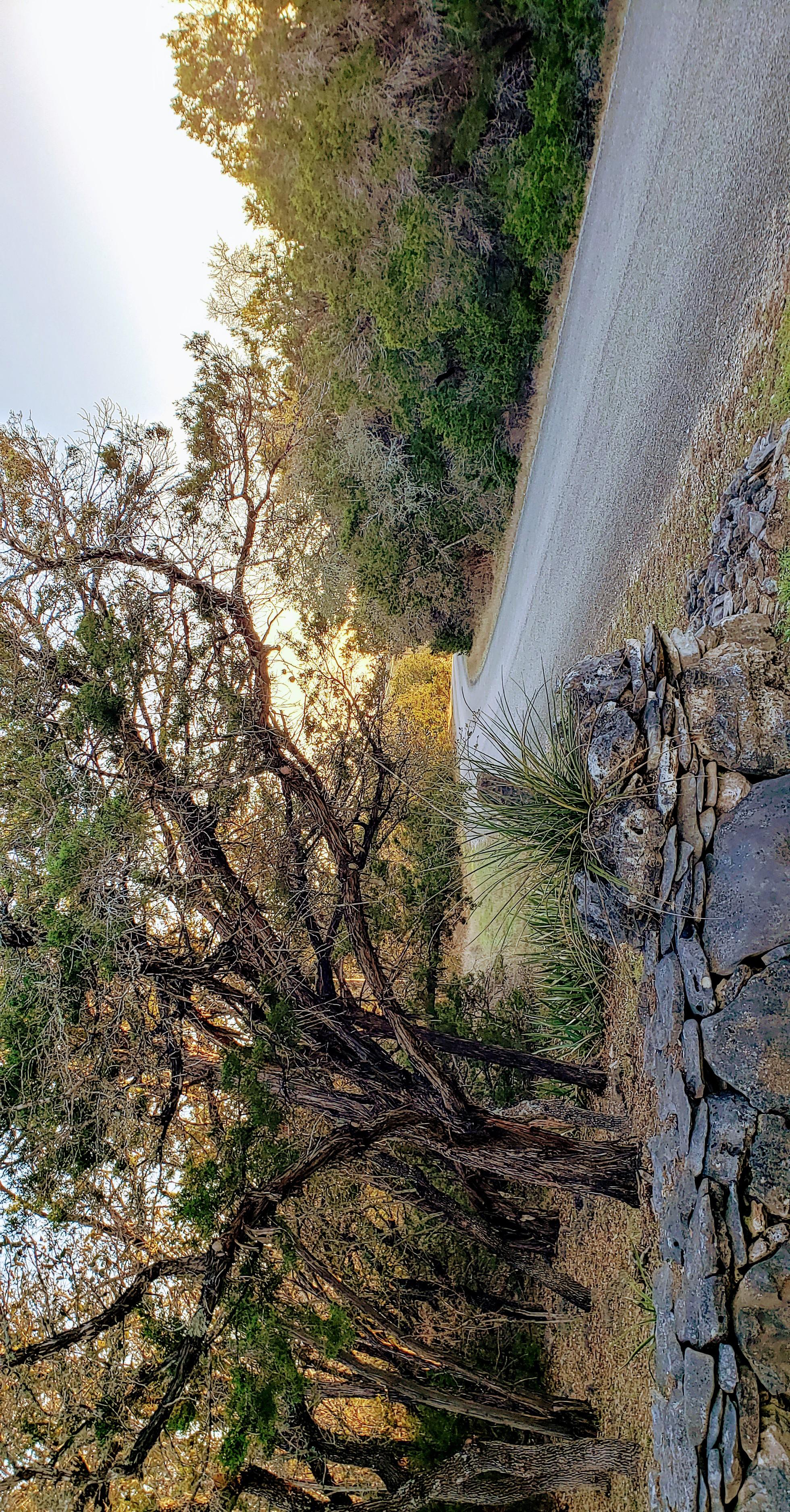
Sunset approaches at the edge of Mr. Taylor’s property
Rootstalk: What about wildlife? You used to tell my brother and me about these centipedes you had that were a foot long and this kind of silvery color on the back with these orange heads. Do you still have those?
CT: We do. We get these giant centipedes during the summer that come up. And yeah, I mean, they’re big. In fact, the first time that I remember seeing one, I didn’t even think it was real. I thought it was a rubber toy or something. And we don’t have many. But you know, every summer, I’ll see maybe two or three of them. Just every now and then. But they’re ones that you don’t want to mess with because they do bite, they have fangs and they’ll probably send you to the doctor if you ever have one bite you. I’m glad there’s not that many of them around.
But we do have scorpions, and they are a problem. I have to spray the house twice, once in the beginning of the summer, and then towards the end. You’ll see them, they’re quite common around here. They’re not deadly or anything, but they’ll give you a good sting. I’ve been stung, and my wife, Jennifer, she’s been stung too, and it’s not fun. But you know this is their habitat. So we just have to put up with them. The other thing I was going to tell you about, I don’t know when they came into this area, but fire ants. They weren’t here when I was a kid and on up into the 70s, maybe the beginning of the 80s. I didn’t even know what fire ants were. But I think they somehow got imported to the United States from South America. I think maybe they came in on a freighter, or something on the eastern part of the country, and then they just migrated on west [Editor’s Note: Fire ants are native to South America and were imported, likely in the soil used for ship’s ballast, to the port of Mobile, Alabama in the 1930s. Since then, they have migrated across much of the Southern United States]. And it still stays warm enough here that they have thrived. I don’t think they’ll go too much further west, though, because the weather probably just is not conducive to them living.
Rootstalk: Does it get too dry?
CT: Yeah, probably so. Another one of the things over the years I’ve seen and seen change being out here, used to you would see more rabbits. You’d see more armadillos, and I would even see, out here on my land, I’d even see quail. And every now and then some wild turkeys. And now they have really dwindled. You’ll still see one every now and then, but they’re getting to be pretty rare. I’ve had people tell me that that’s probably because of the fire ant infestations that have moved through here because the fire ants are just so aggressive. And so I would imagine these animals have moved out just because they don’t want to deal with the fire ants. The other thing that I hadn’t seen around here for many, many years, there’s a university up in the Dallas/Fort Worth area called Texas Christian University. I don’t know if you know TCU?
Rootstalk: Oh yeah, definitely, their mascot is the Horned Frogs, right?
CT: There you go, yeah, they’re called the Horned Frogs. Well, see, they used to inhabit this area quite a bit. And I think they had been run out of here due to the fire ants. You know, the Horned Frog or Horned Toad really isn’t a toad or a frog. It’s really a lizard. How it got that name of a frog, I don’t know. But it’s really a wide-body lizard. And that’s kind of why they call them a toad. Because they’re not long and slender like a normal lizard, these things are short and wide. And it has spikes all over the back of their head. So they look kind of like a miniature dinosaur or something. But they’re totally harmless, so I hate to see them being driven out of here. I remember as a kid, you know, chasing them down and carrying them around and all that. You just can’t find them anymore. But yeah, they’ve been run out of here pretty much.
Rootstalk: Well, so on the subject of the fire ants and invasive species, those are not the only ones that have invaded your territory in the last several years. You were telling me a couple of years ago you had some real problems with feral hogs. I know the whole state of Texas actually has some real issues with feral hogs now. Has that affected you at all?
CT: You know, I’d forgotten to even mention them. Yeah, the feral hogs have been a big problem, primarily to farmers. And it’s not necessarily that they eat so much. It’s just that they are so destructive. They run in big groups. And they go through somebody’s place where they have crops planted, and they just uproot everything, they just dig ditches. They get big and they’ll tear things up. They haven’t been as prevalent up here in the hill country as they are down in lower lands, mainly because they don’t have as much of a water source. And, yeah, what I had done up until a couple of years ago—during the summer primarily, when it gets so hot and dry—I used to keep two or three 25, 30 gallon containers out by the house for the deer to just try to give them some more of a water source. Well, and these feral hogs have come up into the Hill Country. They were coming up to get that water and they were digging, and I mean destroying, plants and stuff around here, so I eventually had to just stop doing that. The good thing about it now is that it’s been a couple of years and I’m not seeing them on my property anymore. Every now and then I will see evidence that they’ve been here during the night because I’ll find the digging, but they pretty much left my property. But I know they’re still out here. Yeah, they’re still around.
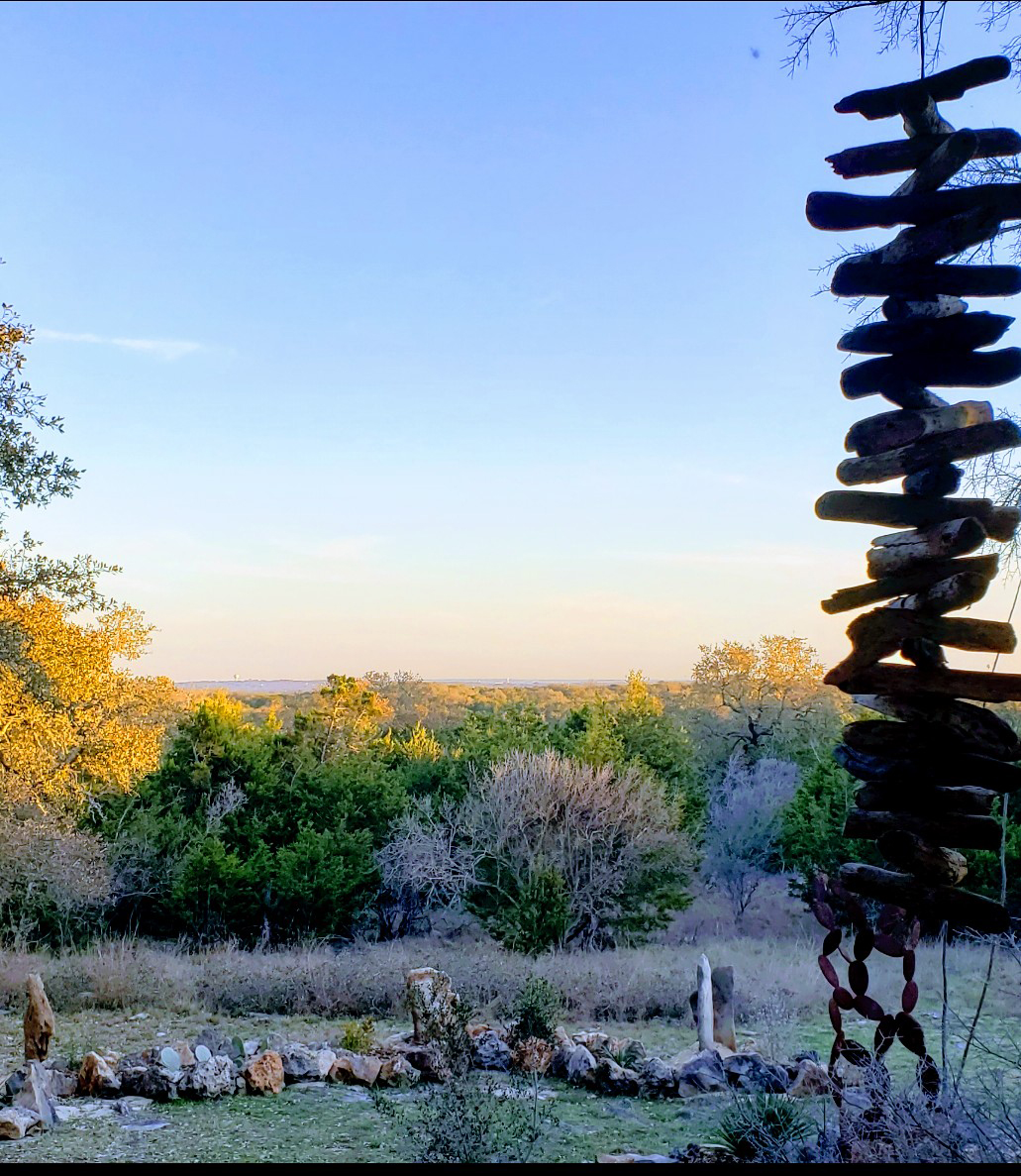
The view over the Hill Country from Craig Taylor’s back porch.
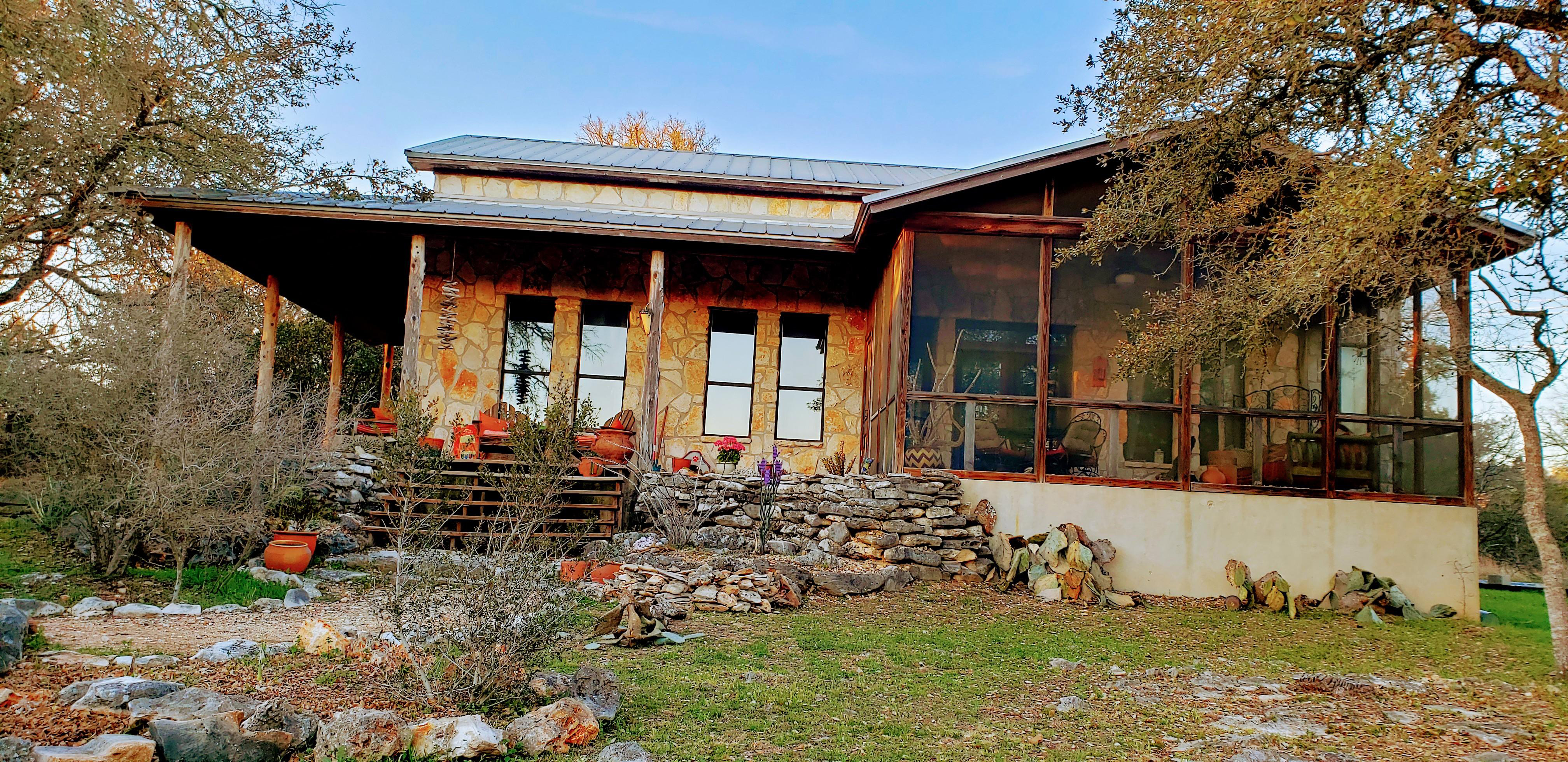
Mr. Taylor used limestone and timber to build his house because of their prevalence in the Hill Country landscape
Rootstalk: Another interesting invasive, I guess you could call it, that I’ve been reading about, is emus. And I know you said you had a neighbor who was trying to farm them at one point, is that right?
CT: We knew of some people several years ago that were trying to raise emus. But business-wise I don’t think it was very successful. So I don’t know of anybody that’s raising them now. But several years ago, a friend of mine that lives out here right close to us, his girlfriend was coming out to visit him and it was just after dark. And she turned onto our little road where my place is, and as her headlights kind of scanned around the curve she saw something that she had no idea what it was. Well, it was an emu standing in the middle of the road. I guess it had gotten loose from somebody’s farm at one time, it was just running wild. So, there’s even some emus, yeah.
Rootstalk: Are they just out there from time to time? Or not so much?
CT: Well, not so much. It’d be pretty rare to see one. But I think over the years, when people were trying to farm them, you know, some of them would get loose, and they just kind of lived on their own. It’s kind of like, there are some people that have much bigger properties than mine, that are raising more exotic wildlife, you know, like deer and antelope from Africa. And we do know, from friends, like a woman that works with my wife, Jennifer, she even has pictures of them in her in her office. These axis deer and these other big deer that are from Africa, that wandered up into her backyard. So those things are now probably integrating with the whitetail deer. But like I said, she has photos of these African deer grazing in her backyard. And we will probably see more and more of those I would imagine.
Rootstalk: And maybe, because it’s a similar climate, it would be easy to raise them out there?
CT: Right. Yeah. This climate and the terrain and all is very similar to parts of Africa. And so they thrive here on their own.
Rootstalk: That’s pretty interesting. Well, yeah, I’d be willing to bet that you’re right, you’ll probably see a lot more of those. What about plant life? Has the vegetation changed much?
CT: Well, you know, another thing I was going to tell you, changes that I’ve known about this area, not necessarily here on my property, but one of the big crops around here that people deal with are pecan tree orchards. Not so much right here in the Hill Country. But as you get down in the lower area where they have deeper soil, there are lots of pecan trees. That’s a good crop. It’s been around for a long time, as well as peach orchards. Peach orchards had been known around here for generations. But the thing that I am seeing now that you used to not see, and that people are getting more into, is vineyards. They’re growing grapes, because they grow really well in this limestone soil, it’s very alkaline soil. So there are some big vineyards around this area. And another thing that people are experimenting with that seems to be doing pretty well, too, are olives. They’re growing olive trees. Yeah, those are crops that are different, that historically, people really weren’t into, but lately, I’d say over the last, you know, 10, 15 years, they have really proliferated now. All the trees and the grapes. Well, of course, the most prevalent trees out here on my land are the Live Oaks. And I guess, the things that I’ve seen changing, I always thought that those were really slow growing trees. This is kind of a semi-arid region, they do grow pretty slow. But over the years, I’ve noticed that the trees that are up closer to my house that I’ve been able to supplement the water they get, they’ve grown quite a bit. They’ve gotten quite a bit bigger compared to the trees that are out further. So that’s the main thing. And we get different weather patterns. Different years, we’ve gone through some real big droughts. In 2011, we had a really serious drought during the summer. In fact, we had 90 days that summer that were at least 100 degrees [Editor’s Note: According to the National Oceanic and Atmospheric Administration, across the summer months, June, July, and August, a 92 day period, the average high temperature in San Marcos, Texas, is 94.3 degrees Fahrenheit].
Rootstalk: My goodness.
CT: Yes, 90 days that were at least 100 degrees.
Rootstalk: And I mean, that’s almost every day. For a summer?
CT: Yeah. And so the landscape here on my place changed considerably due to that one year. Because a lot of the trees I like that I was able to supplement water for, a lot of the trees right up around my house, did okay, but all the rest of the property there were lots of trees that died and have since fallen over. So that that was a big change due to that year.
Rootstalk: How have the changes you’ve seen affected you? What do you think about the changes you’ve seen? Are you concerned, or is this kind of the way things have always been?
CT: You know, as you get older, you get to be my age, you remember a lot, and you want things to stay the way you remember them. You’ve probably heard the older you get the harder it is to go with the changes, and you know that’s kind of true, I wish things would slow down a little bit, the growth of this whole corridor, it’s just been so fast. But I’m a pragmatist, I can roll with the change, it is what it is. The truth is, it really hasn’t affected me too much, I have my own place, it hasn’t complicated my life so much. I have to admit it’s made my property more valuable, so that’s nice. If I ever decide to do something else, I have that, and it’s made my land turn out to be a good investment, but I’m not really planning on doing anything right now. But I think change has always been a part of this region, it’s a real place, and so there’s always been some ebb and flow to it. I do wish things would slow down a little, but I’ve accepted it, things do change.
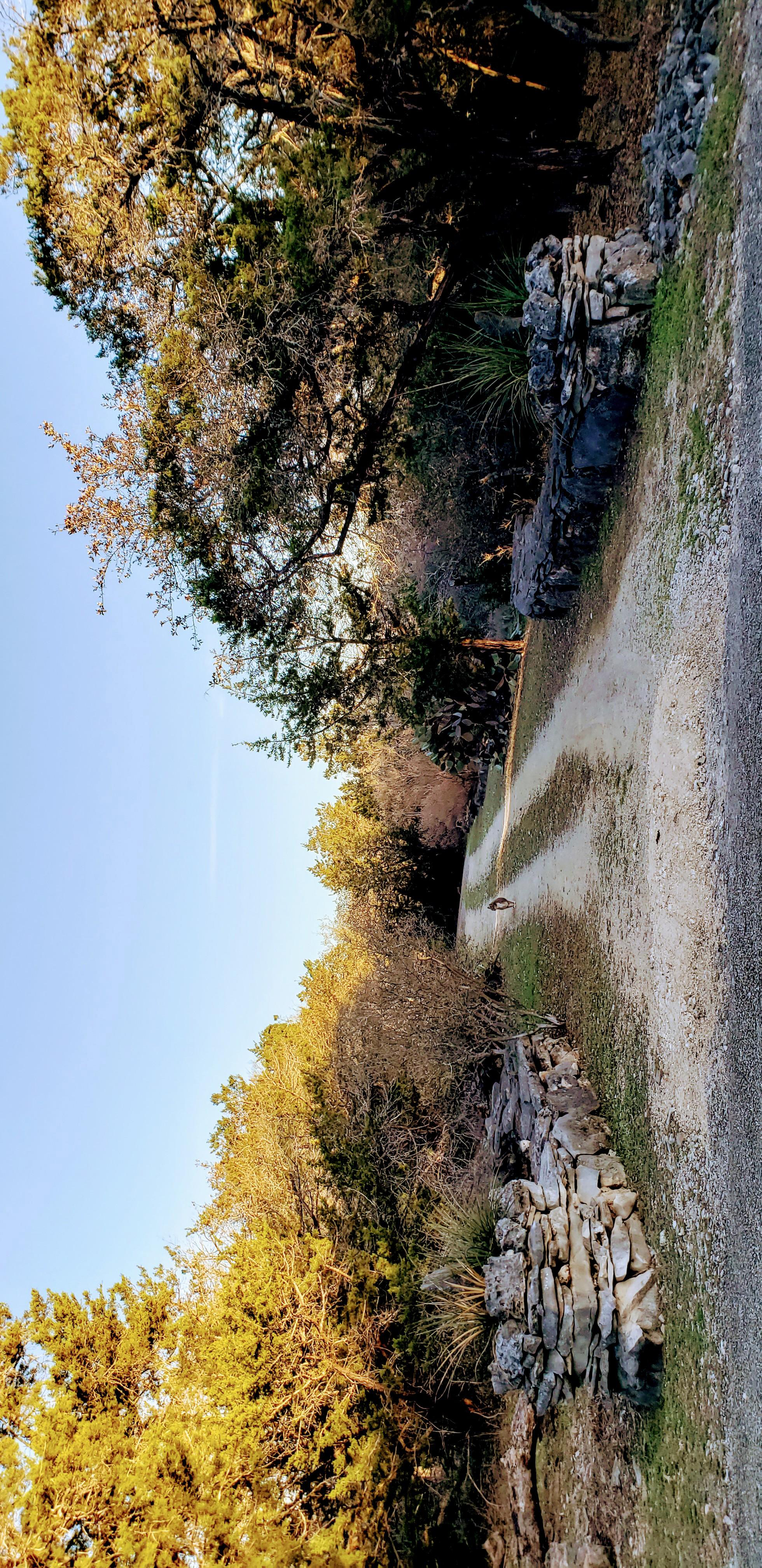
A cat makes its way along the driveway that leads to Craig Taylor’s property
